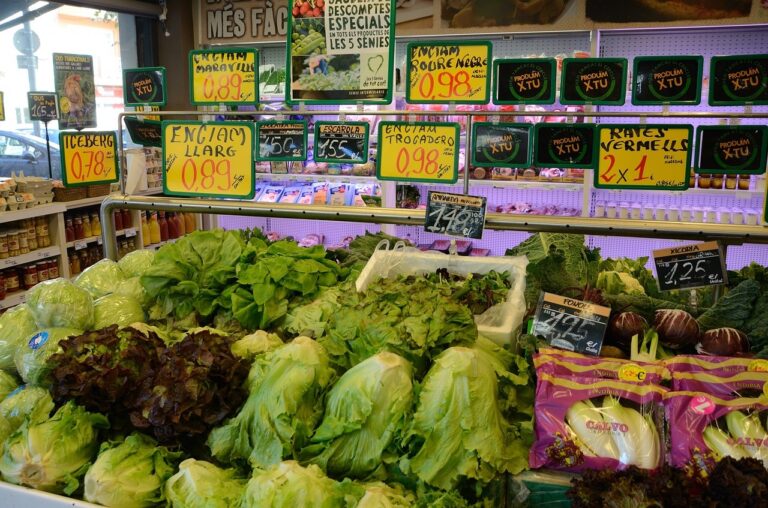The Evolution of Online Marketplaces: From Auctions to Instant Purchases
Online marketplaces have come a long way since their inception, evolving from simple auction platforms to sophisticated e-commerce websites that offer instant purchases. This evolution has been driven by advances in technology, changes in consumer behavior, and the fierce competition among online retailers to attract and retain customers.
The Early Days of Online Auctions
In the early days of the internet, online marketplaces mainly consisted of auction websites such as eBay. These platforms allowed users to bid on items listed by sellers, with the highest bidder winning the item at the end of the auction period. This model was revolutionary at the time, as it enabled buyers and sellers from all over the world to connect and transact with each other.
However, online auctions also had their drawbacks. Bidding wars could drive up prices, making it difficult for some buyers to secure the items they wanted. Additionally, the auction format was not suitable for sellers looking to sell items quickly, as they had to wait for the auction to end before completing the transaction.
The Rise of Instant Purchases
As technology continued to advance, online marketplaces began to shift towards instant purchase models. Retail giants like Amazon and Walmart introduced e-commerce websites that allowed customers to add items to their cart and check out with just a few clicks. This new model offered convenience and speed, making it easier for consumers to buy products online.
Instant purchase models also benefited sellers, as they could now list items for sale at fixed prices and sell them immediately. This attracted a wider range of sellers to online marketplaces, leading to increased competition and a greater variety of products available to consumers.
The Impact of Mobile Commerce
In recent years, the rise of mobile commerce has further transformed online marketplaces. With the widespread adoption of smartphones and tablets, consumers can now shop online anytime and anywhere. Mobile apps from major retailers and online marketplaces have made it even easier for customers to browse, search, and purchase products on the go.
Mobile commerce has also opened up new opportunities for sellers, allowing them to reach customers who prefer to shop on their mobile devices. As a result, online marketplaces have seen a surge in mobile sales, with more and more transactions taking place through smartphones and tablets.
The Future of Online Marketplaces
Looking ahead, the future of online marketplaces is likely to be shaped by emerging technologies such as artificial intelligence, augmented reality, and blockchain. These technologies have the potential to further enhance the shopping experience for consumers and provide new tools for sellers to reach and engage with their target audience.
One trend to watch is the rise of personalized recommendations and shopping experiences. With the help of AI algorithms, online marketplaces can analyze customer data and preferences to suggest relevant products and offers. This personalized approach can help increase conversion rates and customer loyalty, as shoppers are more likely to find products that meet their needs and interests.
FAQs
Q: What is the difference between online auctions and instant purchases?
A: Online auctions involve bidding on items, with the highest bidder winning the item at the end of the auction period. In contrast, instant purchases allow customers to buy products at fixed prices without the need for bidding.
Q: How has mobile commerce impacted online marketplaces?
A: Mobile commerce has made it easier for consumers to shop online using their smartphones and tablets. This has led to an increase in mobile sales and has opened up new opportunities for sellers to reach customers on the go.
Q: What role will emerging technologies play in the future of online marketplaces?
A: Emerging technologies such as AI, augmented reality, and blockchain are expected to enhance the shopping experience for consumers and provide new tools for sellers. These technologies can help personalize recommendations, offer immersive shopping experiences, and ensure secure transactions.
Overall, the evolution of online marketplaces from auctions to instant purchases has been driven by technological advancements and changing consumer preferences. As online retailers continue to innovate and adapt to meet the needs of consumers, the future of e-commerce is sure to be exciting and full of possibilities.







